At Alt Carbon, a lot of what we do starts with a simple question: What is changing beneath the soil?
The answer to this seemingly trivial question lies in a pouch of soil.

What you see is a bag of dirt. What we at Alt Carbon see are a hundred stories waiting to be told.
To get you up to speed: We source waste basalt from large mines. Then we go through the arduous journey of getting it to the fields. Then, we deploy; spread it on agricultural land.
If you want to know how waste basalt is sourced, read my story here:
The Journey of Basalt: from crushers to carbon removal
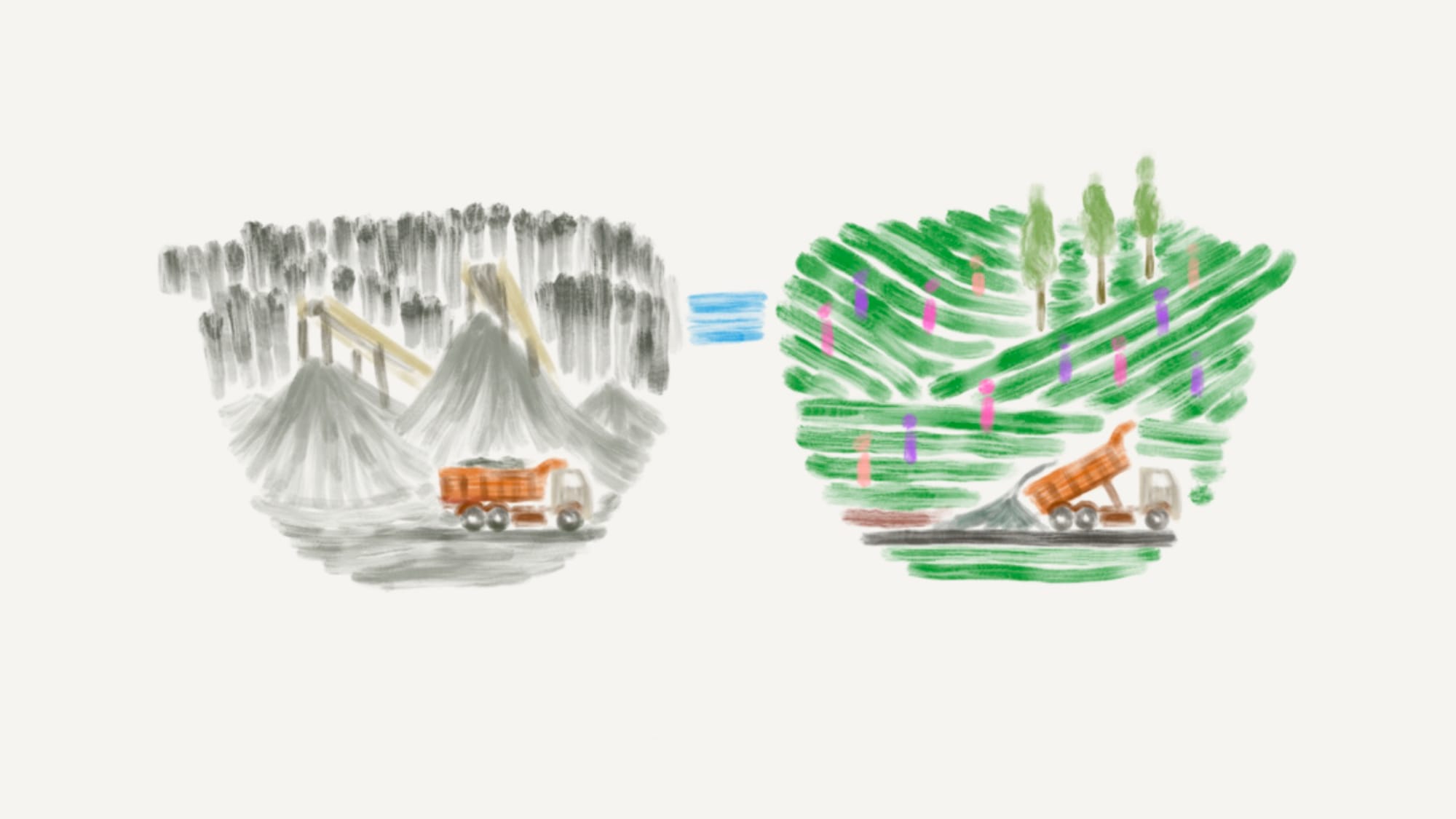
While deploying basalt in thousands of acres is its own story, I want to talk about what makes us different from the rest: sampling. This is how we learn. This is precisely how we really understand the health of plants and the soil around us. And, sometimes, it’s how we get stopped by border patrol (more on that soon).
The Scene: Somewhere Near the India-Bangladesh Border
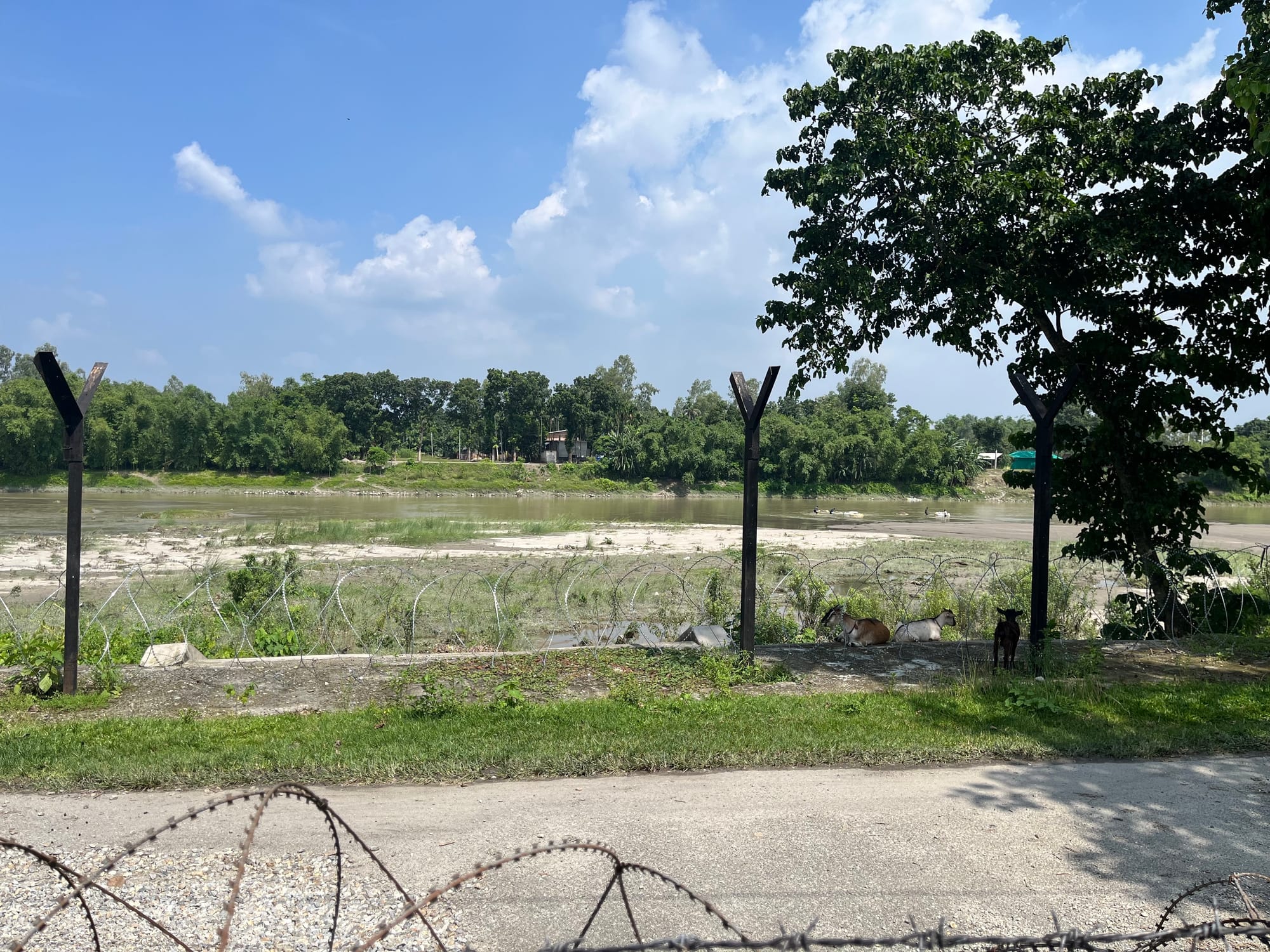
Picture 10 people in a remote tea garden near the India–Bangladesh border. All of them are masked, gloved, and armed with what—to the untrained eye—looks like a metal rod. Some are silently digging into the soil with long rods (soil corers), others are carefully placing brown earth into transparent bags, and every once in a while, someone suddenly raises their arm in the air, waving a phone around like they are trying to summon help from the heavens (they are just looking for network to operate our app).
A border patrolling jawan passes by…Metal rods. Gloves. Soil packs. Masks.He’s trained to look for anything suspicious. And this… this is very suspicious.
Oh… no…
And before our team could explain what we were doing, we were politely, but firmly, escorted away…
After some local help, we convinced the jawans that we were just field workers and scientists. It is moments like these which remind me: science might be standardized, but fieldwork rarely is (might be my bias, but hey, it is what it is). Especially when you are one misunderstanding away from being mistaken for… well, anything but a soil sampling science team.
Fair disclosure: once the patrol team realised what we do, they went out of their way to help us, talk to us, and champion our cause.
The Not-So-Glamorous Backbone of Climate-Tech
Alt Carbon uses a novel carbon removal method called Enhanced Rock Weathering (ERW), which involves sourcing waste basalt and spreading it across agricultural fields. These volcanic rocks not only improves soil health and crop yields but also reacts naturally with rainwater to remove carbon dioxide.
*Enhanced Rock Weathering (ERW) depends on trust. We have sat with farmers over several cups of tea, explaining why we are not here to sell fertilizers, but to build soil health. We have spent countless hours explaining how and why this matters, not just for their yield, but for the planet. Trust is earned. Over time. Years, in some cases. But once we earn that trust, we’re near family to farmers, and at Alt Carbon, we take this trust very seriously.
To recollect one such story, a farmer kept asking, “Will this make my paddy grow faster?”.
In all honesty, I wanted to say yes. I knew it was the only way he might come on board.
”But something in me held back. A quiet Swades moment, maybe?
So I said, “Maybe not faster. But stronger. Healthier.”
He paused, glanced at his land, and politely declined
My first Swades moment didn’t end in triumph. It ended in silence
But this is how it begins. No grand gestures, but with one conversation at a time. And i’m sure we will convince this person over time, and when i do, i’m going to screenshot this piece and share again. Watch this space.
Before Basalt, There’s the Baseline
Even before a single grain of basalt touches the ground, we begin with sampling.
We start by digitally mapping the entire area. We divide land into clusters, then sections, then specific sampling points. It’s all tracked using our in-house MRV (Measurement, Reporting, Verification) platform. Every point gets a GPS tag. Every pouch bag gets a barcode. From field to lab, it’s all traceable.
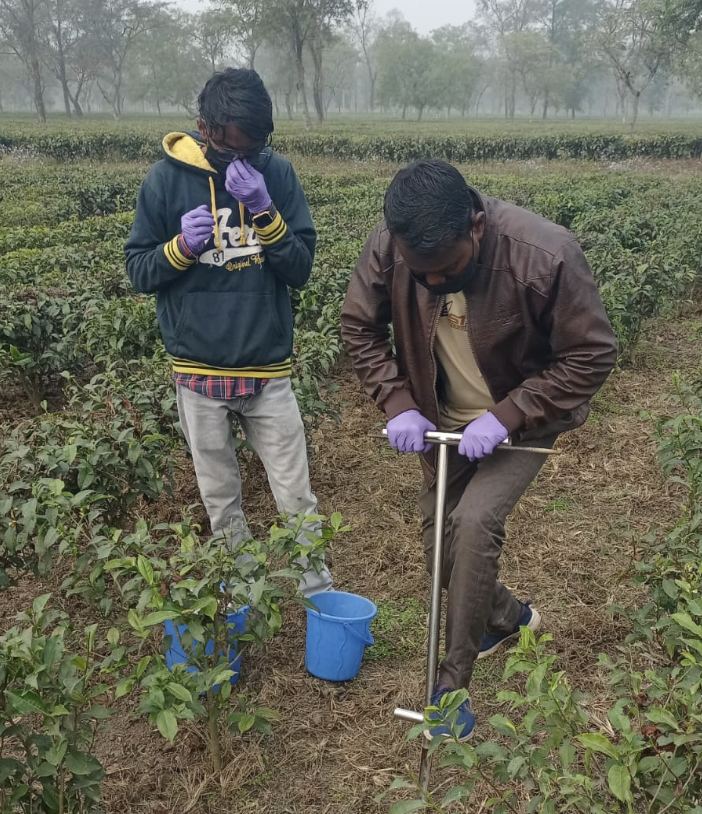
We collect what's called a composite sample: 10 tiny soil cores from a single point, mixed together to give us a representative snapshot. These are our baseline samples, our reference for what the land looks like before basalt enters the scene.
After deployment, we go back to collect monitoring samples. These tell us what’s changing. Is the pH shifting? Is CO₂ being captured?
Each sample becomes a small piece of the story we’re writing: a story rooted in evidence, not assumption. And it's not just soil. While soil often gets the bulk of the credit, we also collect Porewaters, Groundwater, and River water. (Stories on these some other day. Because each type has its own method. It's own challenges.)
Take porewater sampling, for example. It's extremely tricky. We have to dig 30 cm in the dry soil and extract at least 5ml of water. This takes 24 hours sometimes. The equipment is complicated, sometimes it’s stolen, sometimes it’s not inserted properly to collect this 5ml of water. There are about 10 challenges in extracting this, and over time, we’ve figured a whole bunch of things to do here.
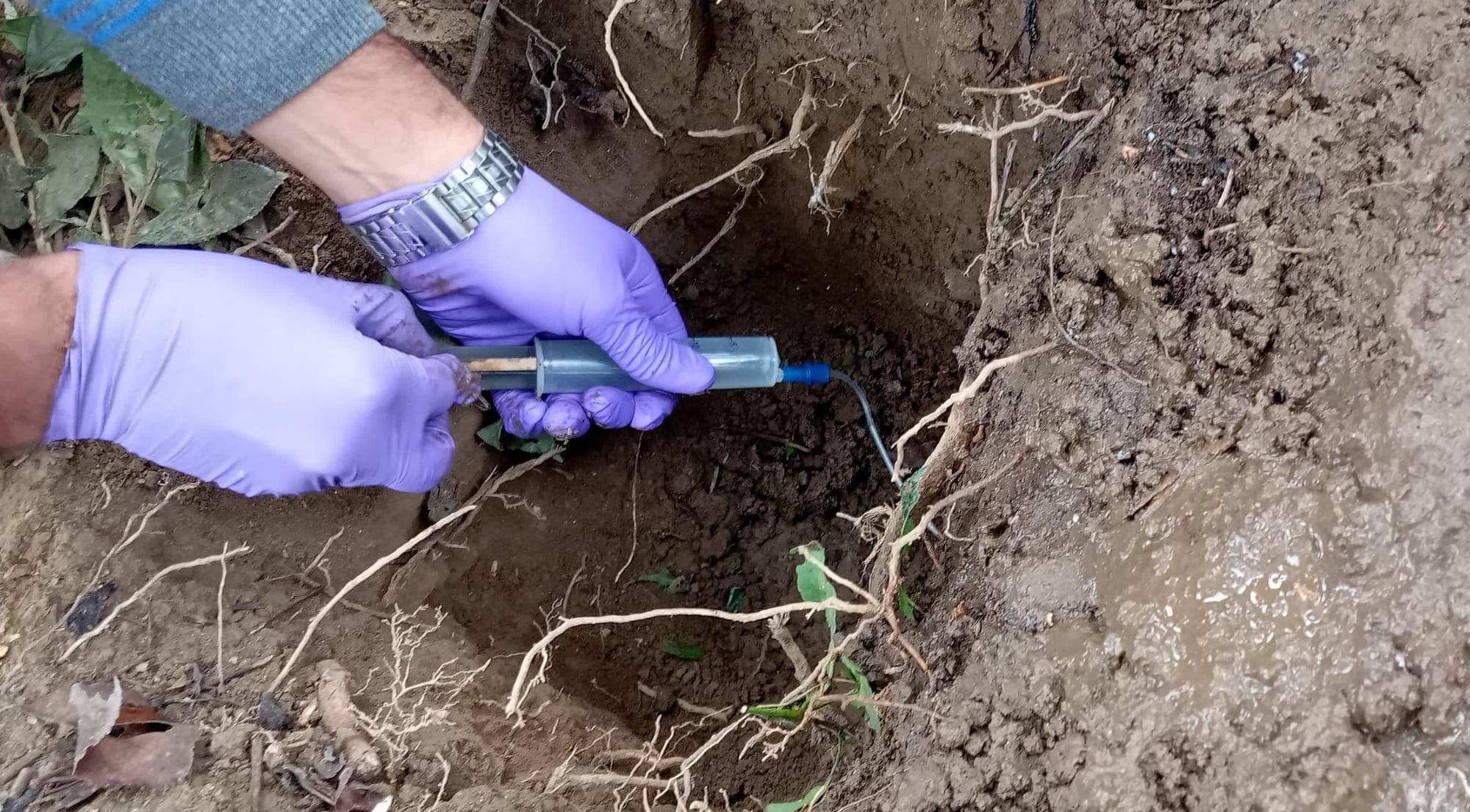
To give you an analogy, extracting porewater during non-monsoon months is like trying to extract a drop of water from an already dry sponge.
30,000 Acres. 15,000+ Samples. No Shortcuts.
We’ve onboarded close to 30,000 acres for our ongoing projects. That’s nearly twice the size of Manhattan city.
Our field team has manually collected over 15,000 soil samples as a part of baseline soil sampling of the onboarded 30,000 acres. Each one by foot. Each one was handled with care.
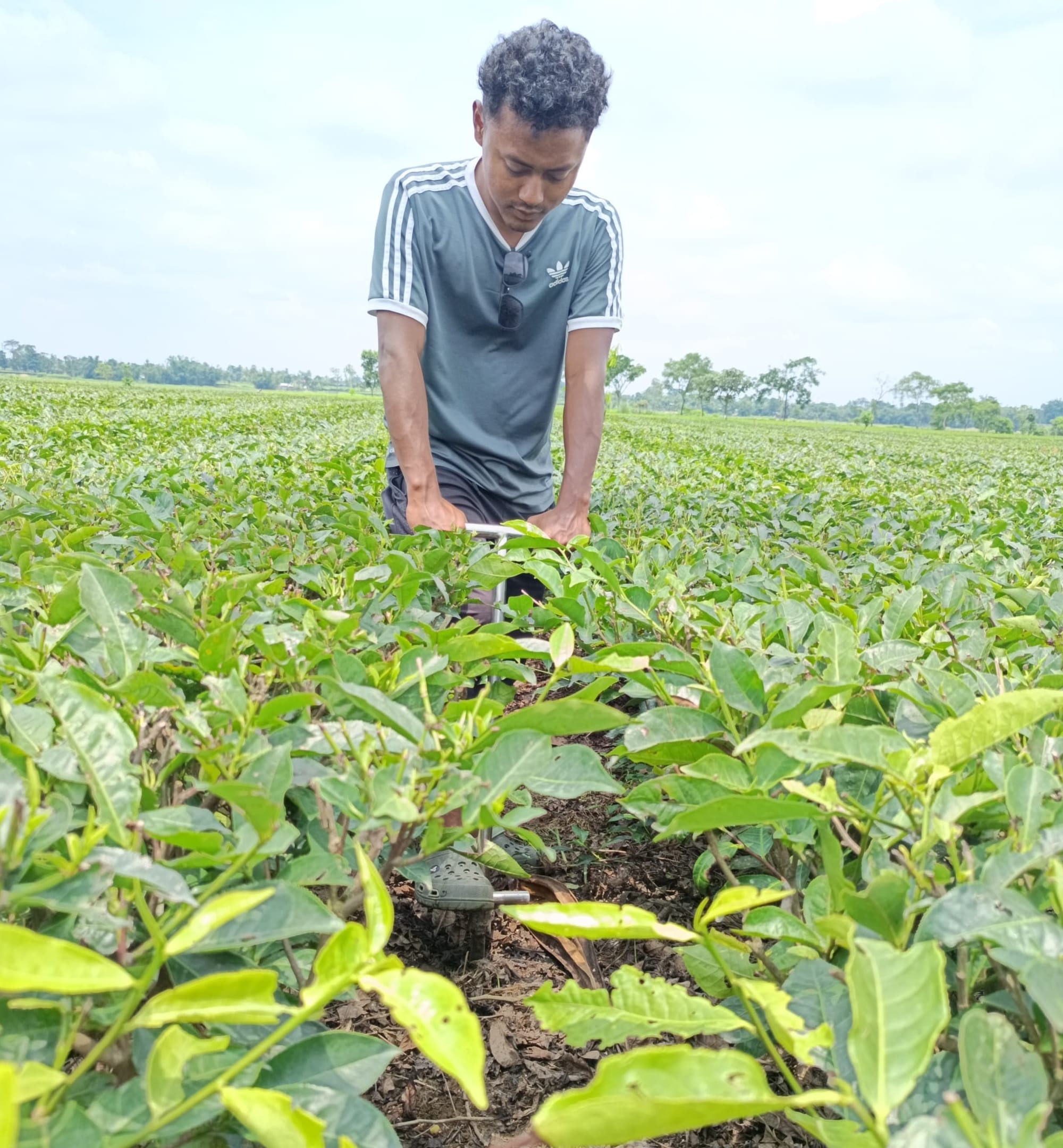
The distance between two sampling points isn’t always small. In paddy fields, there are no roads, just narrow bunds, puddles, and thick vegetation. And if it rains? You are slipping and sliding.
But here’s the thing: protocol doesn’t wait for weather to improve or bend for convenience. The science demands consistency. So, we show up. Get the job done.
Order in Chaos
Sampling is tedious. It’s an operational nightmare. It demands discipline.
But it’s also where our operations team shines. We turn messy realities into structured data. Bringing order to chaos. Staying consistent, even when the work is slow, and occasionally... suspicious.
Because for us, each pouch of soil isn’t just dirt. It’s a piece of proof. And setting a cadence on how we structure ourselves determines our success. And if that means explaining what we are doing to a BSF jawan with a rifle — well, it’s a new day, every day.
